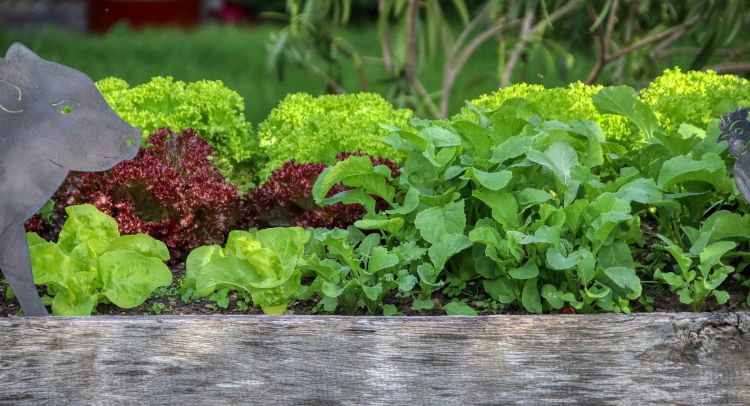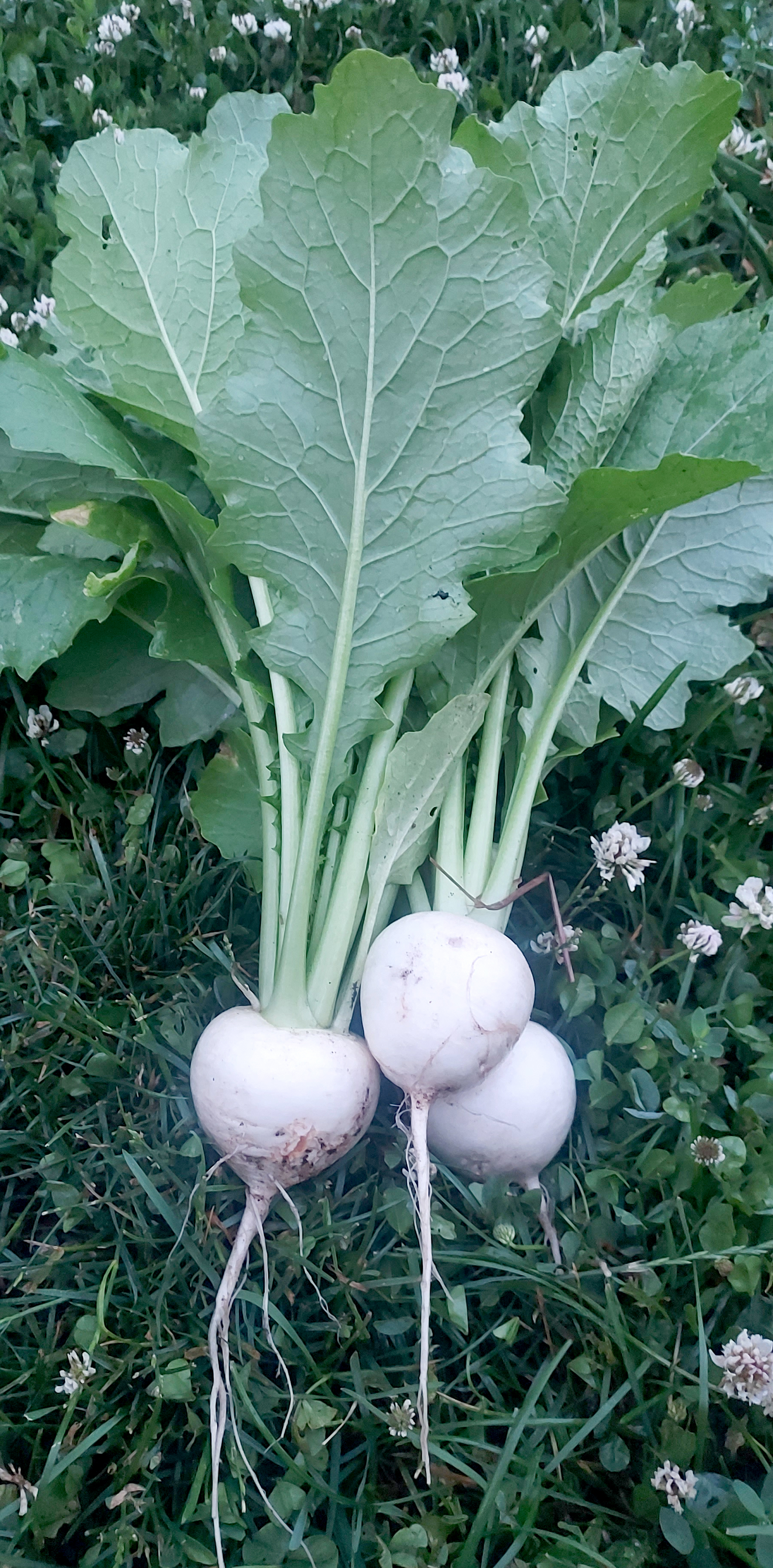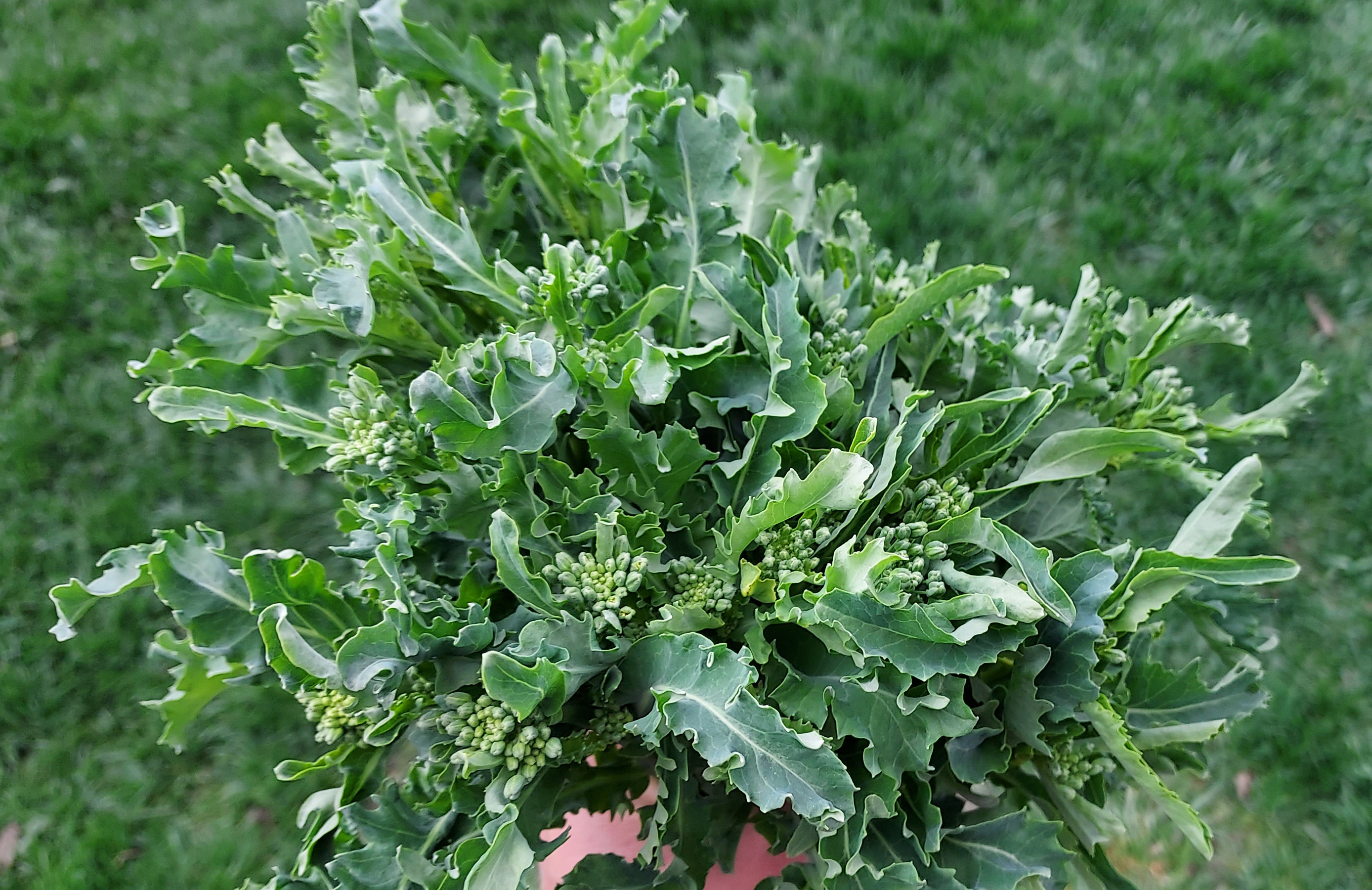Can I harvest vegetables after frost?
A little frost can make a late-season harvest even sweeter.

As fall sets in, many smart gardeners are busy wrapping up their vegetable and fruit harvests. By September, gardeners also begin watching for that first frost, which signals the end for warm-season vegetables. Some crops, such as tomatoes, peppers and eggplant, must be picked and used right away to preserve quality. Temperatures below 55 degrees Fahrenheit can damage tender crops and a light frost will often kill them, leading to rapid decay of any produce left on the plant.
Some “cool season” crops like leaf lettuces and spinach are damaged or killed by frost. Although they prefer the cooler overall temperatures of spring and fall, they turn to mush when frosted or frozen. Lettuce and spinach should be covered when temperatures drop below 36 F. While commercial row covers are ideal, in a pinch blankets, bed sheets and old towels will protect plants. Plastic sheeting or tarps are not effective at protecting tender plants and should be avoided.
However, some late-season vegetables not only survive a light frost but actually taste better afterward. Michigan State University Extension offers the following tips to help you get more from your garden’s root crops and hardy greens.
Root crops
Root vegetables growing beneath the soil surface are naturally insulated from light frosts, but they are damaged by hard low temperatures that cause the ground to freeze. As long as the soil is damp—not soggy and not dry--they will keep in the ground. Dry soil freezes faster. If the soil is too wet, vegetables quickly rot. Root crops like carrots, turnips, beets, rutabagas and parsnips store well in the garden until just before the ground freezes. Harvest them before the ground freezes to preserve their quality.

Potatoes can also remain underground after the plants die back, but once dug, they should never be left in direct or indirect sunlight. Potato skins turn green when exposed to the sun, producing a compound called solanine. Solanine tastes bitter and can be toxic in large amounts. After digging, move potatoes to a warm, dry, dark location to cure for about two weeks. Spread them in a single layer and turn occasionally. Gently brush off excess soil but avoid washing. Washing uncured potatoes damages the fragile skin and can cause the potatoes to spoil quickly. Curing toughens the skin, helping potatoes store better through the winter. Thoroughly scrub the potatoes immediately before use.
Greens
The flavor of some leafy greens becomes a bit sweeter after a light frost. Kale, collards and Swiss chard develop a sweeter taste as cold temperatures convert starches to sugars. If leaves become too tough to enjoy, strip the leaves from the stem and enjoy the stems steamed or sauteed. The tougher leaves and stems can still add flavor, color and texture to soups and stews,or blend them into smoothies to boost nutrients.
Some varieties of kale and collards may overwinter if left in the vegetable garden. They will bolt in the spring, sending up flower stalks. Harvest these stalks before they bloom and eat fresh from the garden or sauteed like broccoli.

Cabbages and Brussels sprouts can withstand light frosts. If the outer leaves are damaged, peel them away to reveal healthy leaves inside. Store the cabbage or sprouts in the refrigerator and use as soon as possible.
Savoring the season
With a little planning and protection, your garden can continue to provide fresh, homegrown produce well into early winter. Added protection around plants, like layers of straw or fallen leaves, helps insulate the soil and delay freezing. Placing strawbales tightly around the perimeter of a raised bed can also help keep the soil from freezing at night. Covering in-ground beds and raised beds with hoops of row-cover or sheets of clear poly allows sunlight to reach plants and warm the ground during the day. For an easy DIY option, old windows can also be placed over raised beds to create a temporary greenhouse environment.
Next season, consider choosing specific varieties of vegetables that enjoy the cooler weather. Planting these cool season crops in close proximity can make it easier to cover or insulate them into the winter season. The winter months are the perfect time to delve into seed catalogs and read about growing vegetables on the Gardening in Michigan website and plan for the gardening season ahead.



 Print
Print Email
Email




